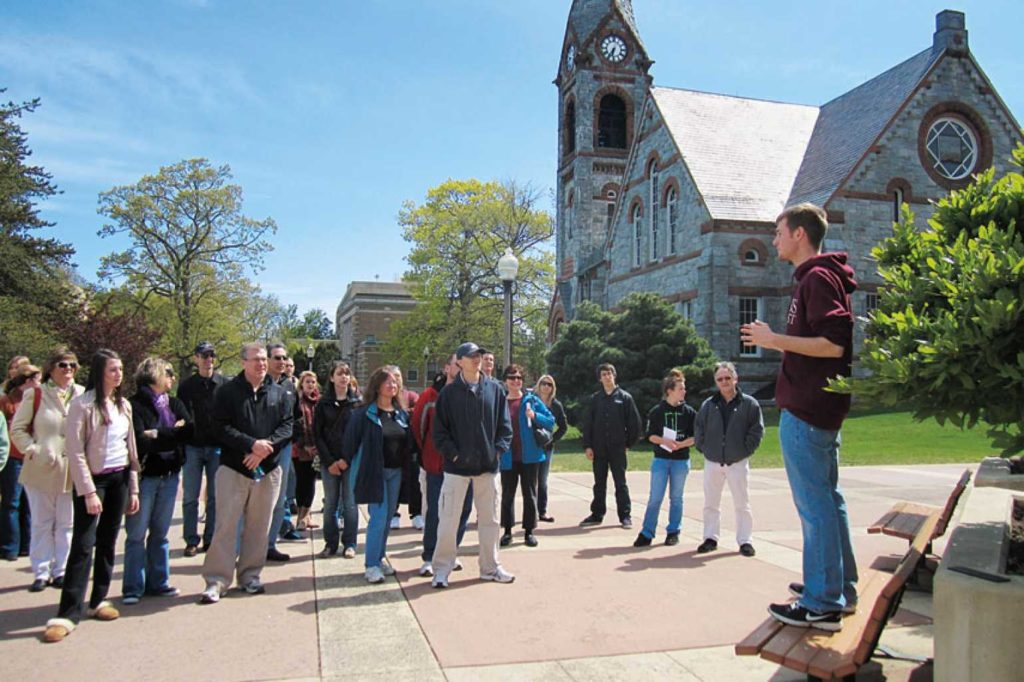Opinion: Why Is UMass Reopening?

Photo: umass.edu

On Tuesday evening, November 17, two members of UMass Amherst’s community relations team gave a presentation on their COVID-19 precautions and their spring reopening plans to a meeting hosted by the Amherst District 2 Town Councillors. During their question and answer session, I had the opportunity to ask them the following, which I have lightly edited below for clarity:
“There can be no question that the decision to bring 8,700 undergraduates back to campus has nothing to do with the health and safety of our community. As a graduate student who works at UMass, I am concerned about the risks that my family, my neighbors, and I would face if I were made to teach classes in person. I live on Pine Street, and have regularly throughout the fall seen groups of up to 20 or more undergrad aged students playing beer pong, not socially distancing, and not wearing masks.
“I must say, I’m appalled at the idea of bringing up to 60 percent of the undergraduate student body back to campus. This is particularly concerning since the recent news from today or yesterday that 89 percent of Covid-19 cases since September 1 directly involve UMass.
“Forgive my morbid tone, but have you had your actuarial team determined what would be an acceptable number of deaths of students, professors, graduate students, staff, as well townspeople with no connection to the university? And if so, what is that number? Can you tell us, right now, how many deaths the university is comfortable with that will be directly related to this decision? And I ask this in all seriousness, keeping in mind the situation in Maine where there was a wedding party super-spreader that led to at least 7 deaths, including residents in nursing homes or people in prison who weren’t even at the wedding.”
The response of the University’s Associate Vice Chancellor of University Relations and its Executive Director of External Relations and Community Events was that the reason for the high level of cases, and they stressed that they were asymptomatic cases, associated with UMass had to do with the level of testing that the University was doing on a regular basis. They also acknowledged that there had been a spike of cases around Halloween (and parties and activities on that night), as well as a spike around the time the election results were called. Needless to say, they did not answer the question about how many deaths they viewed as an acceptable number that could be directly linked to the decision to bring up to 8,700 undergraduate students from varying different locales, both instate and out of state, back to campus and to the area.
In a time when rates of infection and case numbers are on the rise, and when the CDC and governors are discouraging families from gathering for holidays in person outside of their current pods, it seems fundamentally irresponsible for the university to risk the health and safety of Amherst residents, as well as that of the workers who will be interacting with this influx of students, not to mention how increasing numbers of cases will affect the school district’s ability to reopen safely or not.
An Amherst resident since 2012, Ian Rhodewalt is a writer and early childhood educator. He lives with his wife, Courtney, and cat, Pickles, on Pine Street.
